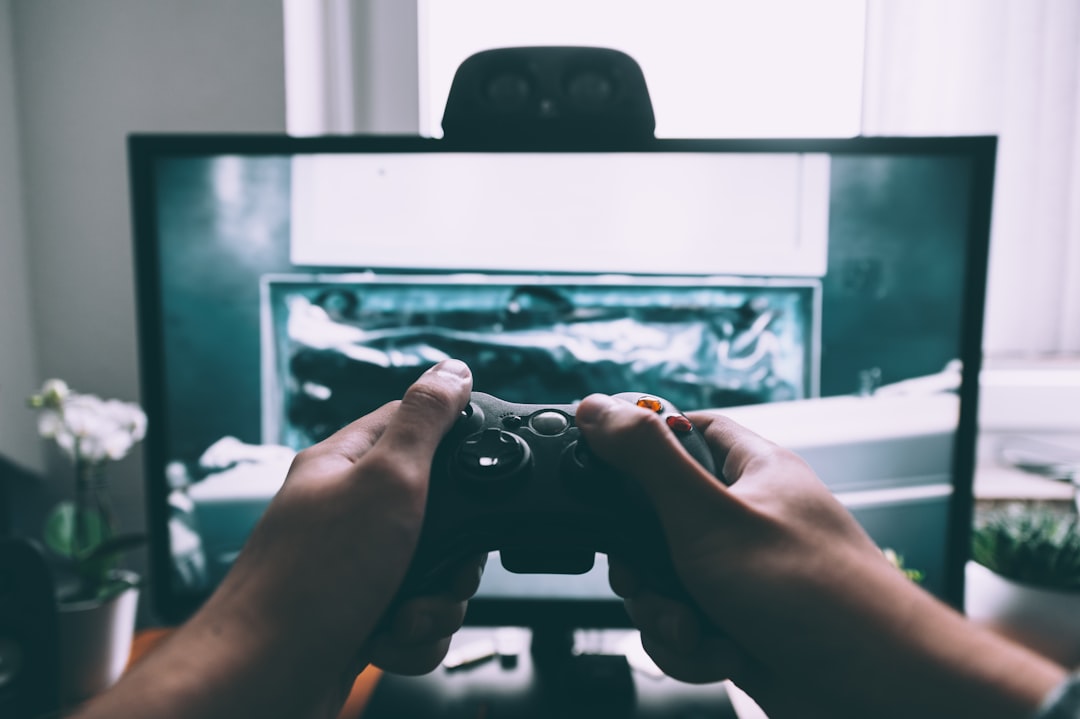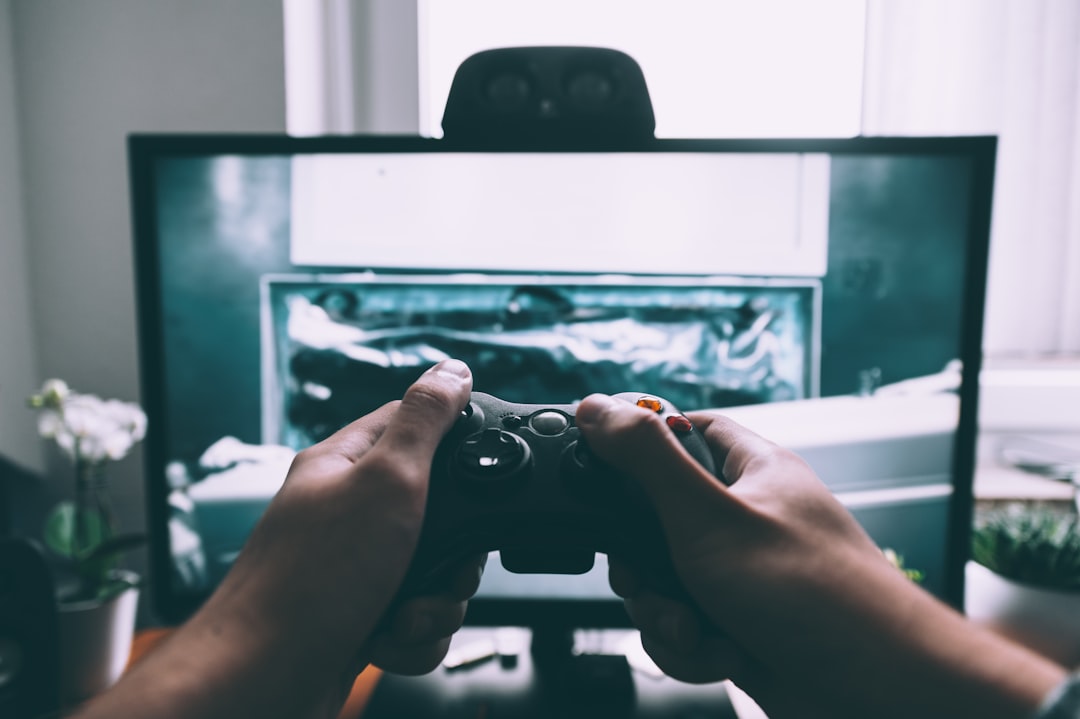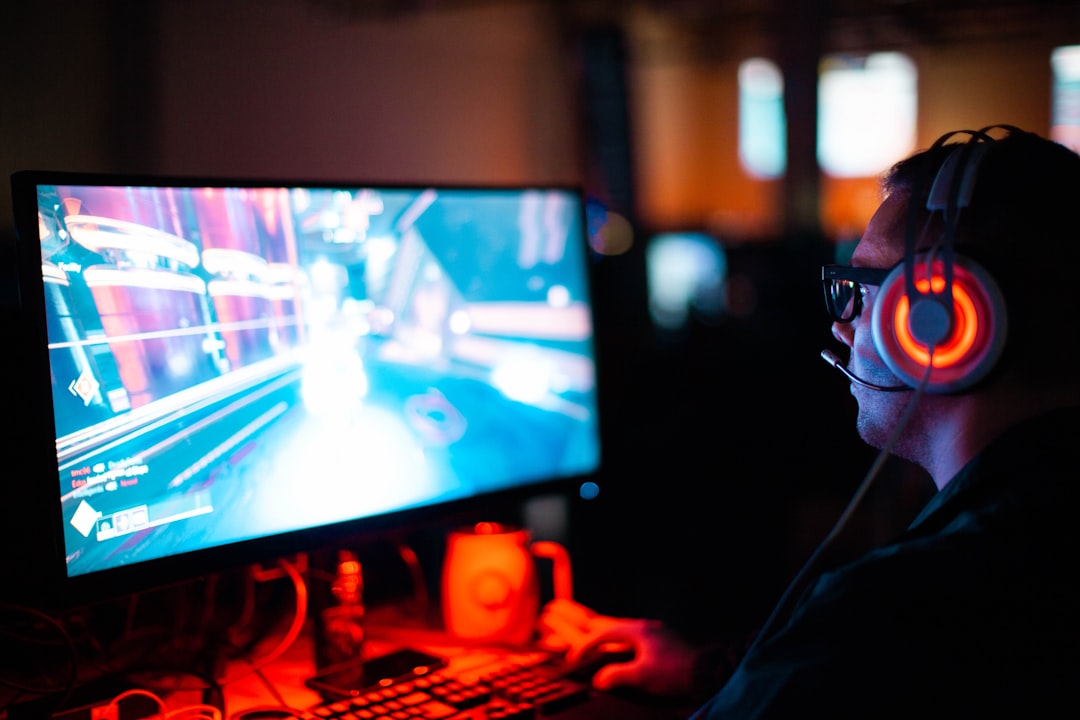GDevelop is a powerful, open-source game engine designed to simplify game development, particularly for beginners and indie developers. It allows users to create 2D games with ease thanks to its event-driven system, which requires little to no coding. But a common question among aspiring game developers is: Can you make a 3D game in GDevelop?
Understanding GDevelop’s Capabilities
GDevelop is primarily a 2D game engine, meaning its core functionality is designed around 2D graphics, objects, and mechanics. However, with creative workarounds and the right techniques, some degree of 3D-like effects can be achieved.
Is Native 3D Support Available?
At present, GDevelop does not have built-in support for true 3D rendering or manipulation like engines such as Unity or Unreal Engine. It lacks dedicated 3D object handling, lighting, and physics simulations for 3D environments. However, this does not mean 3D visuals are entirely impossible within GDevelop.
Methods to Achieve 3D-Like Effects
Although GDevelop does not support true 3D, developers have discovered creative ways to simulate 3D effects:
1. Isometric Perspective
One of the most common ways to create a 3D illusion in GDevelop is by using an isometric perspective. This approach involves designing sprites in an angled view to give the appearance of depth. Many classic strategy and RPG games use this technique to mimic a 3D effect while still being entirely 2D.
2. Mode 7 Style (Pseudo-3D)
Some developers use scaling and perspective tricks to create a “Mode 7”-style pseudo-3D effect, similar to what was popular in older 16-bit racing games. This allows for a ground texture to appear 3D when scaled and moved dynamically.

3. Pre-Rendered 3D Assets
Another technique involves creating 3D models in external software like Blender and then rendering them as 2D images. These images can be imported into GDevelop as sprites or animations, giving the illusion of 3D gameplay.
4. Scaling and Parallax Effects
By dynamically scaling objects and combining parallax effects, developers can create an illusion of movement in a 3D space. For example, adjusting the size of objects to make them appear larger as they move closer to the camera and smaller as they move away can simulate depth.
Is GDevelop a Good Choice for 3D Games?
If you are looking to create a fully immersive 3D game with detailed models, physics, and lighting, GDevelop might not be the best option. However, if your game concept can work within the limitations of a simulated 3D effect, GDevelop can still be a viable choice.
Here are some scenarios where GDevelop can be useful for 3D-inspired games:
- Isometric Strategy or RPG Games – Using pre-rendered sprites to give depth.
- Pseudo-3D Racing Games – Implementing Mode 7-style scaling tricks.
- Sidescrollers with 3D Depth – Using parallax and scaling for added perspective.

Alternatives for True 3D Development
If your goal is to create a full-fledged 3D game, consider using specialized engines. Here are some popular choices:
- Unity – Offers a powerful 3D engine with C# scripting.
- Unreal Engine – Known for its high-quality graphics and physics.
- Godot – An open-source engine that supports both 2D and 3D development.
Conclusion
While GDevelop is not natively designed for 3D gaming, inventive developers can still create compelling experiences using simulated 3D techniques. If you are comfortable working within these limitations and enjoy experimenting with visual effects, GDevelop can be a great tool for building unique and visually engaging games. However, if you need true 3D functionality, it may be worth exploring other engines more suited to that purpose.


